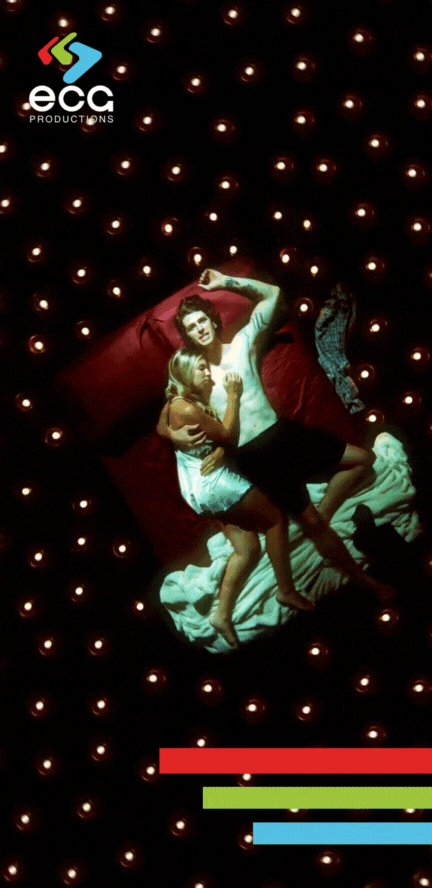- 1-855-787-4487
- info@ecgprod.com
- Mon - Fri: 10:00am - 6:30pm
Achieving cinematic, sweeping shots requires more than just the right equipment—it takes an experienced jib operator who can smoothly and precisely capture those high-impact visuals. At ECG Productions, our professional jib operators bring skill and artistry to every production, adding depth, movement, and elevated angles to enhance your story. From feature films to commercials and music videos, our operators create stunning shots that captivate audiences.
Using a jib to capture elevated shots requires precision and expertise. Our trained operators not only manage the technical aspects of jib equipment but also work closely with the director to achieve the desired shot composition and movement. Here’s why having a professional jib operator matters:
Fluid, Dynamic Movement: A skilled jib operator provides smooth, controlled movements, allowing for seamless camera transitions and angles that add depth to every shot.
Enhanced Visual Storytelling: Jib shots provide unique perspectives that draw the viewer in, giving your production a cinematic quality that elevates the overall viewing experience.
Efficiency and Safety: Our operators are trained to handle the complexities of jib equipment, ensuring both efficiency and safety on set, so your team can focus on creativity without logistical worries.


Increased Production Value: Jib shots add a level of professionalism and cinematic quality that enhances the overall look and feel of your production.
Unique Perspective: With the ability to capture shots from above and smoothly transition across scenes, jib shots provide viewers with an immersive experience that’s hard to achieve with other equipment.
Precision and Control: Experienced jib operators handle intricate shot movements with accuracy, ensuring your footage is both visually stunning and perfectly aligned with your vision.
ECG Productions offers a range of professional jib equipment, operated by experienced crew members to meet the needs of any production. Our jib services include:
Dynamic Elevated Shots: Capture stunning, high-angle shots with our jibs, perfect for showcasing landscapes, large sets, and creating dramatic perspectives.
Smooth Panning and Tilting: Our operators provide fluid control over the jib’s movement, allowing for continuous, cinematic panning and tilting without interruptions.
Flexible Setup for Any Location: Our jibs are adaptable to both indoor and outdoor environments, giving you the freedom to capture unique angles in diverse settings.


Our jib operator services enhance visual storytelling across a variety of production types, including:
Feature Films & TV Shows: Add depth and movement to scenes with dynamic jib shots, ideal for establishing shots and immersive action sequences.
Commercials: Jib shots bring a polished, professional look to commercials, allowing brands to create memorable visuals that resonate with audiences.
Music Videos: Perfect for capturing high-energy performances or sweeping, artistic shots, our jib operators add a new layer of creativity to music videos.
Documentaries: Jib shots offer unique perspectives in documentaries, whether capturing expansive landscapes or dramatic historical settings.
Corporate & Branded Content: Enhance corporate videos with smooth, professional jib shots that convey your brand’s message with style and clarity.
With years of experience and a commitment to cinematic excellence, ECG Productions provides skilled jib operators and high-quality equipment to elevate your production. Our team works seamlessly with directors and other crew members, ensuring every shot aligns with your vision and meets the highest standards of quality.
If you’re looking to enhance your project with dynamic jib shots, ECG Productions has the expertise and equipment you need. Contact us today to discuss your project, and let’s take your production to the next level with our professional jib operator services.

See how we’ve helped other clients set the stage for their successful productions. View our Work Samples.
CONTACT US
LET'S GET IN TOUCH
1-855 787-4487
Mon – Fri 9:00 AM – 6:00 PM EST
120 Interstate N Pkwy E SE #226
Atlanta, GA 30339
info@ecgprod.com
Unlock a new level of creativity and experience a truly unique and enjoyable working environment with ECG Productions. Contact us today to bring your vision to life with our award-winning video production services.
Copyright 2024 ECG Productions
Website by SuperMassive